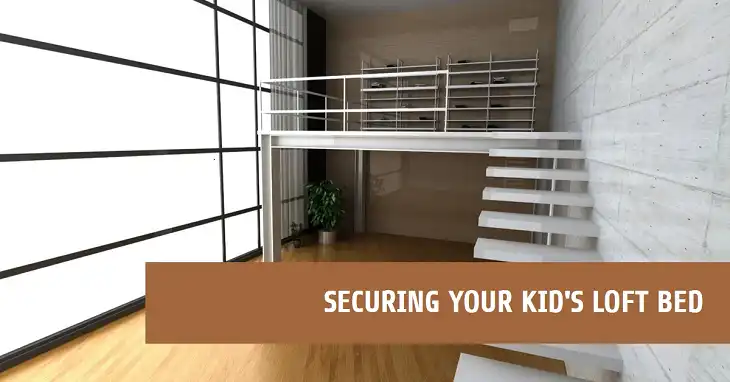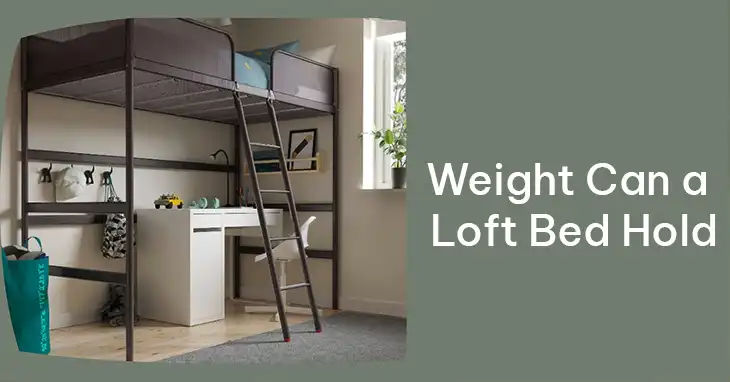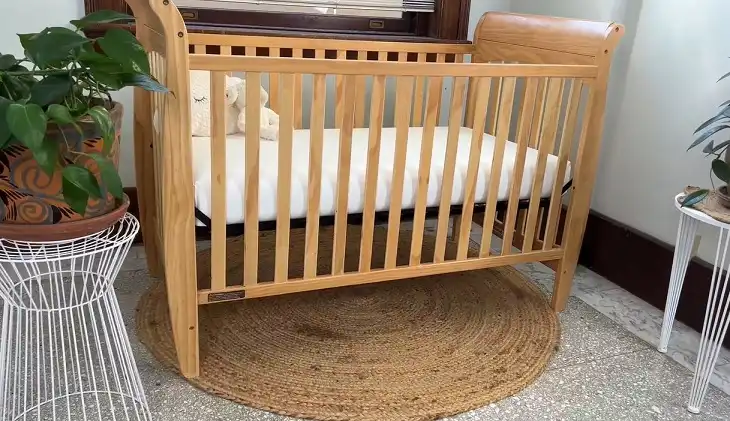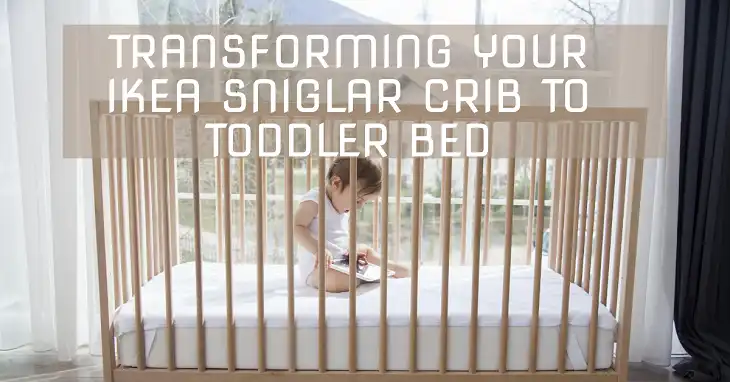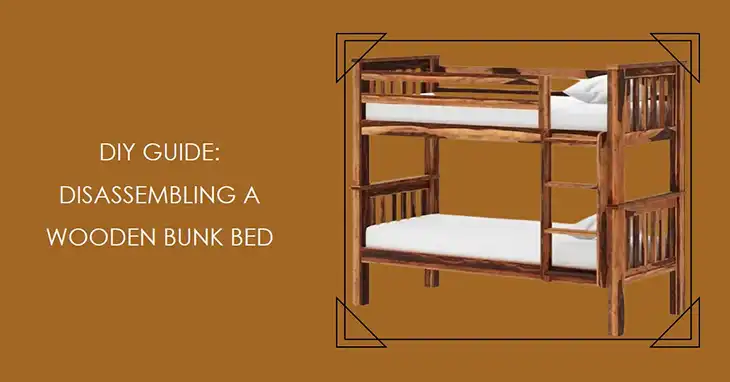How to Make Bunk Bed Ladders More Comfortable
As any parent or child knows, climbing up and down a bunk bed ladder can be an uncomfortable and even daunting experience. Those thin, steep, and often slippery rungs can make for sore feet, potential falls, and a general fear of using the ladder, especially for young kids. In fact, according to the Consumer Product Safety Commission, there are thousands of bunk bed-related injuries each year, many involving the ladders.
The good news is that there are numerous solutions available to make bunk bed ladders more comfortable, safer, and less intimidating for all users. From quick and easy DIY fixes to more long-term ergonomic upgrades, this article will provide you with practical knowledge and actionable recommendations to transform your bunk bed ladder into a comfortable and secure access point.
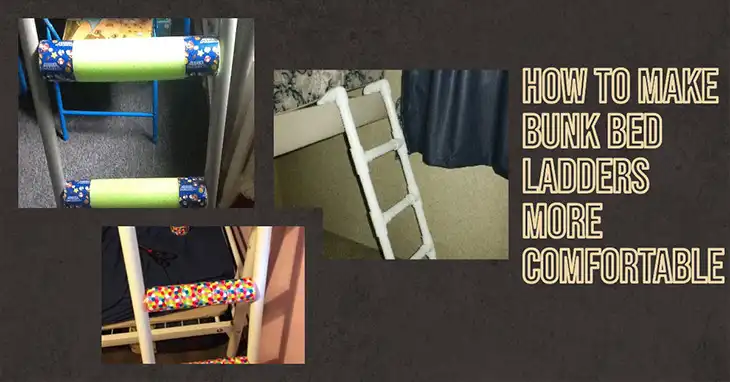
Signs That You Need to Make Adjustments to Your Bunk Bed Ladders
Before we dive into the solutions, it’s important to understand why bunk bed ladders can be so uncomfortable and potentially dangerous. The most common issues include:
- Thin/narrow rungs without padding, leading to sore feet and poor grip
- Steep angles that make climbing difficult, especially for shorter individuals
- Slippery surfaces that increase the risk of slips and falls
- Overall design that may not accommodate users of different ages, heights, or weights
The impact of these discomforts and risks can be significant, ranging from minor foot pain and avoidance of climbing to more serious injuries from falls. Additionally, children may develop a fear of using the ladder, making it harder for them to enjoy the benefits of a bunk bed.
Quick Comfort Fixes for Bunk Bed Ladders
If you’re looking for a relatively inexpensive and easy way to improve the comfort and safety of your existing bunk bed ladder, consider these quick fixes:
Pre-Made Ladder Covers

Many companies offer pre-made ladder covers designed specifically for bunk bed ladders. These covers typically slip over the rungs and provide padding and improved grip. Benefits of ladder covers include:
- Cushioning for more comfortable climbing
- Increased traction to prevent slips
- Variety of colors and designs to match your child’s room decor
- Easy installation process, often with no tools required
You can find these products on Amazon, at home improvement stores like Home Depot or Lowe’s, or through online retailers specializing in bunk bed accessories.
DIY Padding
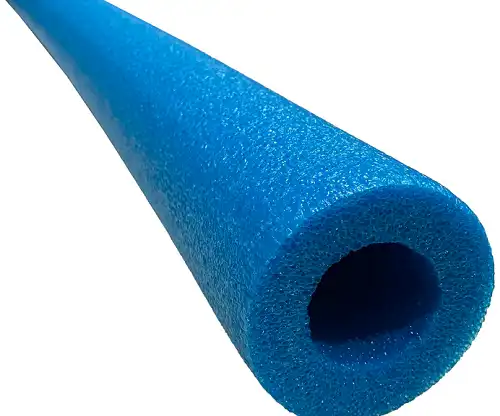
If you’re feeling crafty and want to save some money, you can create your own ladder padding using low-cost materials like pool noodles, yoga mats, or non-slip shelf liner. Here’s a simple step-by-step guide:
- Measure the length and width of your bunk bed ladder rungs.
- Cut pool noodles or yoga mats to the appropriate size, ensuring a snug fit around the rungs.
- Use duct tape, hook-and-loop fasteners (like Velcro), or other secure methods to attach the padding to the rungs.
- For extra traction, consider adding a non-slip shelf liner or grip tape on top of the padding.
When choosing materials for your DIY padding, prioritize safety by selecting non-toxic, kid-friendly options. Additionally, ensure that the padding is securely fastened to prevent any potential hazards.
Long-Term Ergonomic Solutions for Bunk Bed Ladders
While the quick fixes above can provide temporary relief, you may want to consider more permanent, ergonomic solutions for optimal comfort and safety.
Ladder Replacement
One option is to replace your existing bunk bed ladder with a wider, angled, or alternating tread design that better accommodates the natural posture and stride of users. These specialized ladders can significantly improve comfort and reduce the risk of falls, making them an excellent long-term investment.
When exploring ladder replacement options, look for products that meet safety certifications and have weight capacity ratings appropriate for your family’s needs. You may also want to consider professional installation to ensure proper anchoring and stability, especially for taller bunk beds or heavier users.
Custom Ladder (Advanced)
For the adventurous DIYers with advanced carpentry skills, you may opt to build a custom ladder tailored to your specific needs and preferences. This approach allows you to customize the dimensions, materials, and design features for optimal comfort and safety.
Online resources like woodworking forums, DIY blogs, and instructional videos can provide you with detailed plans, material lists, and step-by-step guidance for constructing a custom bunk bed ladder. However, it’s crucial to prioritize safety by following best practices, using appropriate tools, and adhering to local building codes.
Additional Safety Measures
Regardless of the comfort solutions you choose, it’s essential to prioritize safety when modifying or installing a bunk bed ladder. Here are some additional safety measures to consider:
Secure ladder fastening and anchoring: Ensure that the ladder is firmly attached to the bunk bed frame and does not wobble or shift during use.
Install safety gates or rails: Supplemental safety features like gates or rails at the top of the ladder can prevent accidental falls, especially for younger children.
Non-slip treads or coatings: If you’re not adding padding or replacing the ladder, consider applying non-slip treads or coatings to the existing rungs for better traction.
Proper lighting: Adequate lighting near the ladder can improve visibility and reduce the risk of missteps or falls.
Age-Appropriate Considerations for Bunk Bed Ladders
When it comes to bunk bed ladders, it’s essential to consider the unique needs and capabilities of users at different ages. Here are some age-specific tips:
Toddlers and young children: Look for ladders with wider rungs, lower angles, and additional safety features like handrails. Prioritize non-slip surfaces and cushioned rungs to prevent injuries.
Older children and teens: While they may be more agile, comfort and safety should still be a priority. Consider ladders with alternating tread designs or adjustable heights to accommodate growth spurts.
Adults: If adults will be using the bunk bed ladder, ensure that it can support their weight and provides adequate traction and ergonomic support.
Additionally, you may want to consider customizing the ladder with fun colors, patterns, or themed designs to appeal to your child’s interests and make the climbing experience more enjoyable.
Frequently Asked Questions
Can I use regular ladder rungs or tread covers for my bunk bed ladder?
While regular ladder accessories may seem like a convenient option, it’s generally not recommended for bunk bed ladders. These products are typically designed for larger, sturdier ladders and may not provide the appropriate fit, grip, or safety features needed for bunk bed applications. It’s best to use products specifically designed for bunk bed ladders or follow DIY instructions tailored to these ladders.
How do I determine the right ladder angle and rung spacing for my child?
The ideal ladder angle and rung spacing can vary based on your child’s age, height, and mobility. As a general guideline, experts recommend a ladder angle between 60-70 degrees for optimal ergonomics and safety. Rung spacing should be approximately 9-12 inches apart, allowing for comfortable foot placement. If you’re unsure, consulting a professional or referring to safety guidelines can help ensure the ladder is properly sized for your child.
Can I install a ladder on both sides of the bunk bed?
Yes, it’s possible to have ladders on both sides of the bunk bed, which can be convenient for accessing either side. However, this setup requires proper anchoring and stability on both sides to prevent any potential tipping or safety hazards. It’s also important to ensure that the ladders don’t interfere with any other furniture or walkways in the room.
How can I prevent my child from climbing on the outside of the bunk bed ladder?
To discourage dangerous climbing behaviors, consider installing safety gates or rails at the top of the ladder to prevent access to the outside. You can also place the ladder in a corner or against a wall to limit access to the sides. Additionally, regularly reinforcing safe ladder usage and supervision can help curb these habits.
Can I use these ladder comfort solutions on other types of ladders, like loft bed ladders?
Many of the comfort and safety solutions discussed in this guide can be applied to other types of ladders, such as those used for loft beds or bunk beds with different configurations. However, it’s important to consider the specific dimensions, weight capacity, and design of the ladder to ensure that any modifications or replacements are appropriate and secure.
By addressing these frequently asked questions and providing comprehensive information on making bunk bed ladders more comfortable and safe, this guide aims to equip parents and caregivers with the knowledge and resources they need to create a secure and enjoyable bunk bed experience for their children.

